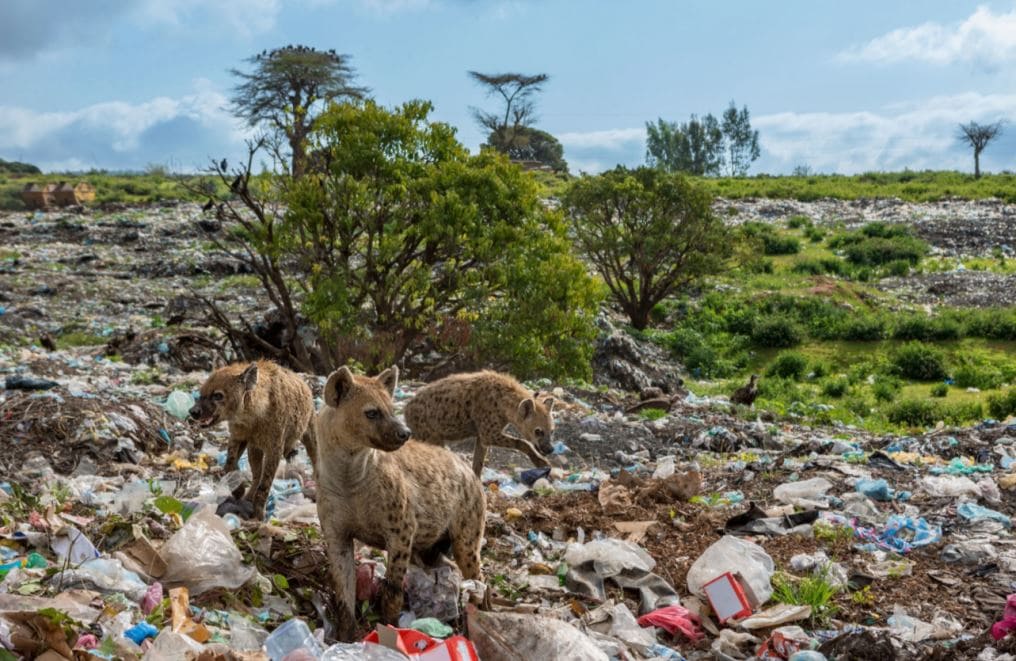Introduction
The number of people is increasing every year, drawing more spotlights on the implications of urbanization on local ecological systems. As a result, environmental deterioration is emerging at an alarming rate due to unregulated urbanization, generating numerous difficulties. The continued exploitation of landscape for urban activities amounts to irrevocable human-caused effects, including regional meteorology and air quality, plant phenology, and threat to stream ecosystems, which negatively impact local ecosystems.
Regional Meteorology and Air Quality
Urbanization has a significant impact on local weather patterns and the state of the air. Shifts in the meteorological condition caused by urbanization can impact levels of air contaminants, including nitrogen dioxide, carbon dioxide, and dust, which are serious public health concerns in megacities because they trigger immediate and long-term consequences.1 Changes in the atmospheric composition of the surrounding air can trigger chemical reactions, toxic diffusion, and accumulation, which, when inhaled by local people, can cause severe illnesses. Therefore, the multifaceted dynamics, including evapotranspiration due to the loss of vegetation cover and the global warming effect caused by urbanization, affect the atmospheric chemical composition, influencing the surrounding air quality.
1. Yun Li et al. “Effects of Urbanization on Regional Meteorology and Air Quality in Southern California,” Atmospheric Chemistry and Physics 19, no. 7 (2019): 4440, https://doi.org/10.5194/acp-19-4439-2019.

Plant Phenology
Plant phenology is changing due to urban development, with most ideas pointing to the urban heat island (UHI), and it affects the local temperature. The UHI effect leads to global warming, which accelerates leaf-out and flowering in colder areas, delays seed dormancy in warmer locales, and elevates drought stress, disrupting the onset of flowers and fruits.2 Weather fluctuations between plant species can cause phenological mismatch and food chain disruption, impacting on functioning and structure of the local ecosystem, particularly under highly changing environments. Consequently, climate warming led by urbanization affects agricultural production in the local ecosystem, especially in places that experience fewer spring downpours, and crops may experience inadequate moisture, delaying flowering and fruition.
2. Daniel S. Park et al. “Complex Climate‐Mediated Effects of Urbanization on Plant Reproductive Phenology and Frost Risk,” New Phytologist (2023): 7, https://doi.org/10.1111/nph.18893.
Threat to Stream Ecosystem
Urbanization attracts industrialization, increasing population, and waste in the local ecosystem. Waterways that flow through urbanized areas face the risk of pollution from the disposal of industrial refuse, motor vehicles, and homesteads influencing stream-living creatures, resulting in decreased biodiversity and the predominance of resistant and non-native species.3 The poisonous release from industries is direct to the streams causing the death of aquatic animals, affecting local people who consume seafood contaminated with such compounds as lead isotopes, which is dangerous to human health. Thus, urbanization destroys marine life’s habitat and poses a danger to humans, exposing them to severe cancerous diseases due to water effluence.
3. Attila Bohus et al. “Effects of Urbanization-Induced Local Alterations on the Diversity and Assemblage Structure of Macroinvertebrates in Low-Order Streams,” Hydrobiologia 850, no. 4 (2023): 882, https://doi.org/10.1007/s10750-022-05130-1.
Conclusion
The increased population in urban areas has gained global concern due to its effect on various ecosystems. Urbanization, which results from human activities to convert land for other use, affects meteorology, air quality, and plant phenology and threatens stream ecosystems. The overall effect is burdened on human existence as people require the effective use of the local ecosystem for their survival.
Bibliography
Bohus, Attila, Blanka Gál, Barbara Barta, Ildikó Szivák, Kata Karadi-Kovacs, Pal Boda, Judit Padisák, and Denes Schmera. “Effects of Urbanization-Induced Local Alterations on the Diversity and Assemblage Structure of Macroinvertebrates in Low-Order Streams.” Hydrobiologia 850, no. 4 (2023): 881-899. https://doi.org/10.1007/s10750-022-05130-1.
Li, Yun, Jiachen Zhang, David J. Sailor, and George A. Ban-Weiss. “Effects of Urbanization on Regional Meteorology and Air Quality in Southern California.” Atmospheric Chemistry and Physics 19, no. 7 (2019): 4439-4457. https://doi.org/10.5194/acp-19-4439-2019.
Park, Daniel S., Yingying Xie, Aaron M. Ellison, Goia M. Lyra, and Charles C. Davis. “Complex Climate‐Mediated Effects of Urbanization on Plant Reproductive Phenology and Frost Risk.” New Phytologist (2023): 1-13. https://doi.org/10.1111/nph.18893.


